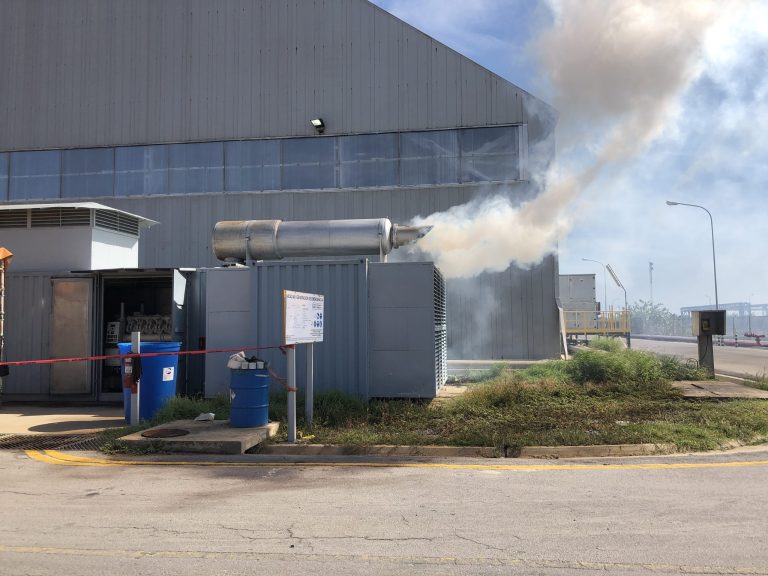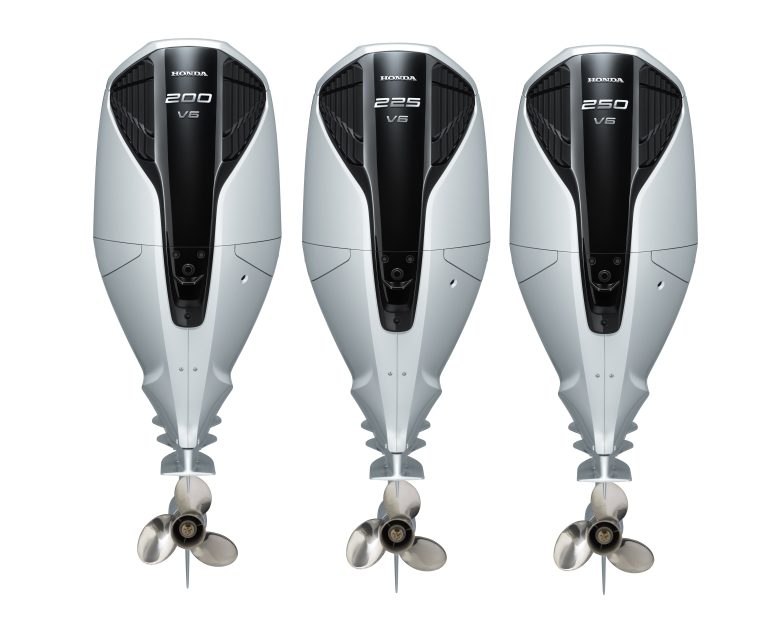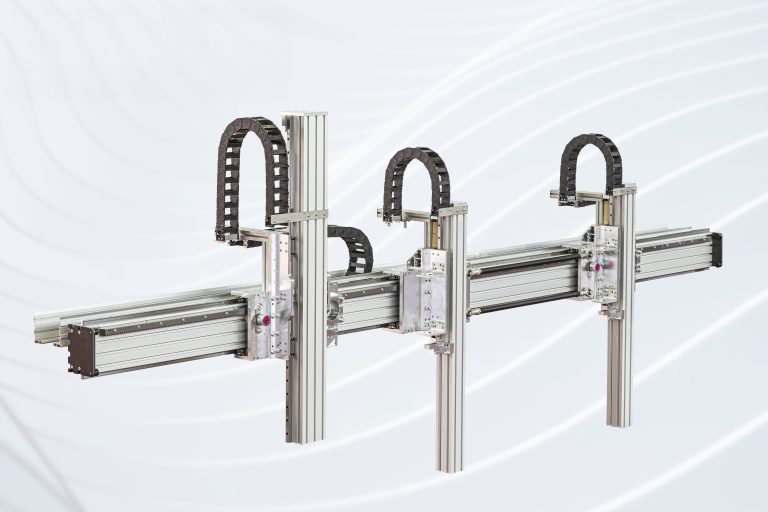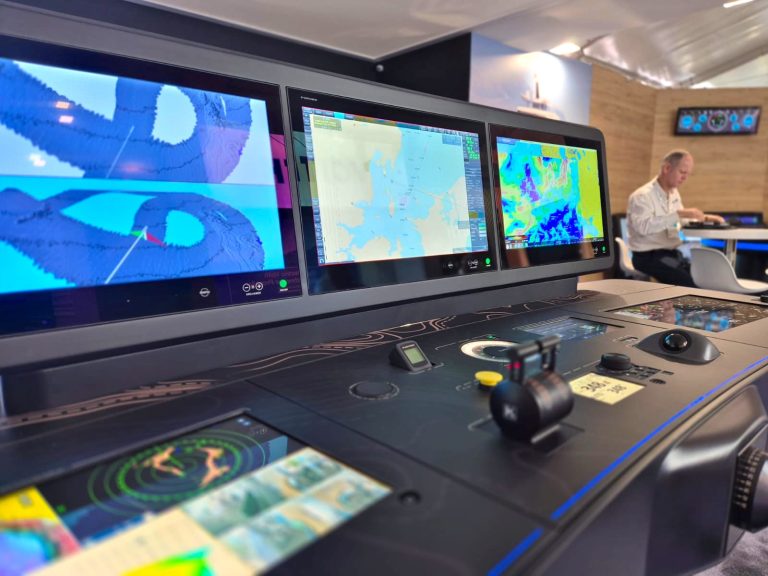Cima1915 Group has just announced the achievement of a major milestone: the launch of Deigma Barca Zero, present at the Cannes Yachting Festival (stand Luca Brenta Yachts – SAIL061) from 12th to 17th September.
A floating laboratory
The boat is a complete system for testing of the latest generation Deigma electric motors, the battery pack, the control components, the elements for power generation.
Accommodating the whole Deigma set, Barca Zero is a true “floating laboratory” that offers the opportunity for an authentic test bench, measuring the performance in water of different regimes of motor rotation and power, they employ air/liquid cooling and can be supplied with or without reduction gear.
A versatile project
This 10m electric propulsion boat, designed by the Luca Brenta Yachts boatyard (B-Yachts) to offer speed in any wind condition, is an elegant-shaped boat, easy to handle, full crew or solo.
Deigma Barca Zero is part of the B34 range and can work both as a performing regatta boat and a versatile yacht for relaxed sailing.
Its main strength is the combination of key factors such as lightness, advanced construction technology and minimal interior design, in addition to elegant and fast waterlines.
In fact, voltage and amperage are inversely correlated quantities. With the same power (watts), the lower the voltage (12 or 24 volts), the higher the amperage required. Hence the need to adopt separate circuits, with wires of larger cross-section, also taking into account the voltage drops due to the considerable distances existing on a boat between the generator/battery and the various engines.
The most recent trends concern the adoption of a higher voltage, unique and specific for boating, which also ensures increased efficiency.
The identification of 48 volts as the ideal solution takes into account two factors:
- the increase in voltage with consequent decrease in amperage, already described above;
- safety criteria that warn against higher voltages, given the proximity of the water to the systems.









